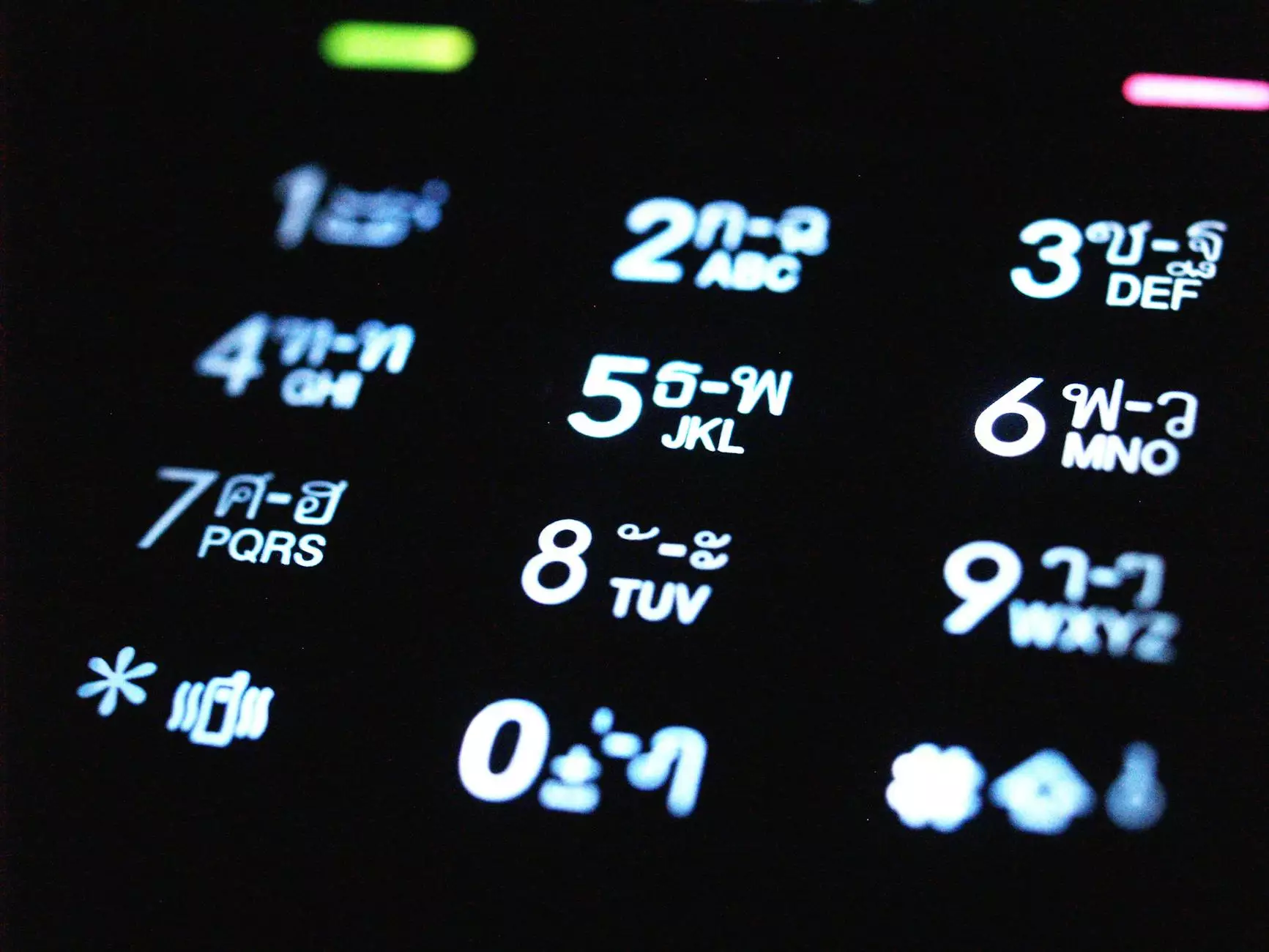Learn English Grammar - Make With Prepositions
English Grammar Lessons
Welcome to NJCLT, your ultimate source for in-depth English grammar lessons! In this comprehensive guide, we will delve into the correct usage of prepositions with the versatile verb "make." Understanding the correct prepositions to use with "make" can greatly improve your fluency and communication skills in English. So, let's dive right in!
What Are Prepositions?
Before we explore the usage of prepositions with "make," let's quickly review what prepositions are. Prepositions are words that establish a relationship between other words in a sentence. They often indicate direction, location, time, or the way in which an action is performed. Understanding prepositions is essential for constructing grammatically correct sentences.
The Importance of Using the Correct Prepositions with "Make"
When using the verb "make," using the correct preposition is crucial to convey the intended meaning. The wrong preposition can completely change the sense of a sentence, leading to confusion or misinterpretation. That's why it's essential to familiarize yourself with the appropriate prepositions to use with "make."
Common Prepositions Used with "Make"
Let's now explore some of the most commonly used prepositions with the verb "make." Understanding these prepositions and their associated meanings will significantly enhance your English language skills.
1. Make of
The expression "make of" is used when we want to describe the material or composition of something that is created or constructed. It answers the question "What is it made out of?" For example:
"I'm not sure what this table is made of, but it looks like solid oak."
Here, the preposition "of" indicates the material or substance that the table consists of, which is oak.
2. Make for
"Make for" is used to describe the purpose or destination of an action. It answers the question "What is it intended for?" or "In what direction is it going?" Take a look at this example:
"This path makes for a secret garden at the end."
In this sentence, "make for" indicates the direction or destination of the path, which is a secret garden.
3. Make with
When we use the expression "make with," we're referring to the ingredients or components used to create something. It answers the question "What did you use to make it?" For instance:
"She makes the best pancakes with buttermilk."
Here, "make with" describes the ingredients needed to prepare delicious pancakes, with buttermilk being one of them.
Tips for Correct Usage
Now that we've covered some common prepositions used with "make," let's explore a few tips to ensure the correct usage of prepositions in your sentences:
1. Read and Listen
Read extensively and listen to native English speakers to familiarize yourself with the correct usage of prepositions. Exposing yourself to a variety of authentic materials will help you acquire a natural understanding of prepositions and how they are used in different contexts.
2. Practice Using Prepositions
To improve your proficiency, actively practice using prepositions in your spoken and written English. Engage in conversations, write sentences, and seek feedback from a language partner or instructor to identify any mistakes and learn from them.
Conclusion
In conclusion, understanding the correct prepositions to use with the verb "make" is crucial for effective communication in English. By grasping the meanings and usage of prepositions such as "make of," "make for," and "make with," you will be able to construct accurate and meaningful sentences. Continuously expanding your knowledge and practicing their correct usage will greatly enhance your fluency and confidence in English. Start incorporating these prepositions into your English language repertoire today!
With NJCLT as your dedicated learning platform, you now have access to comprehensive English grammar lessons, tips, and examples. Take advantage of our resources and start mastering English grammar at your own pace. Happy learning!










